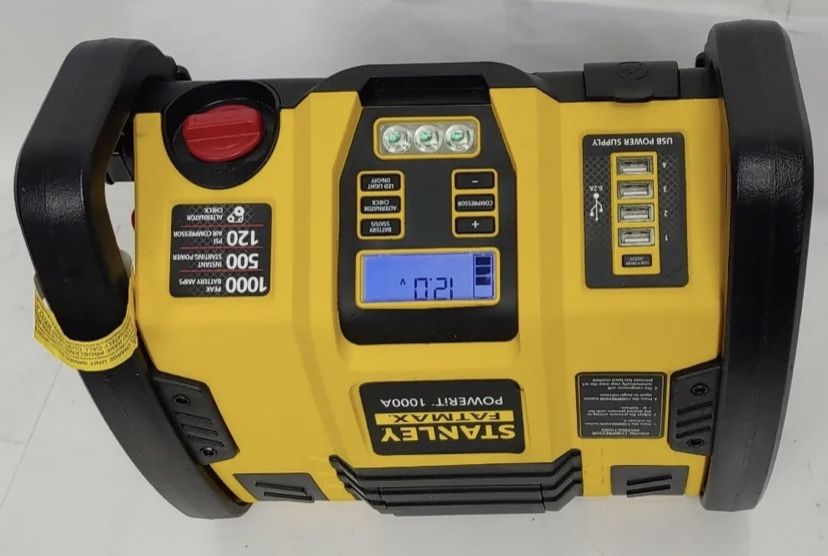

Take a look at our Safety Product Catalog. In addition, it’s recommended that the employer provides safety toe shoes or work boots, hard hats and hearing protection at no cost to their employees. High-impact eye protection like safety glasses or goggles is required when working with pneumatic tools, but complete head and face protection can be used for additional protection. They will provide tool specific information on the handling, usage, warnings and maintenance procedures to follow for the highest level of safety. Always read the manual.īefore operating your pneumatic tool and air compressor, be sure to read the coordinating manufacturer operating instructions. When working with pneumatic-powered nail guns, drills, hammers and air guns, we recommend you follow these pneumatic tool safety precautions: 1. Watch some of these quick safety videos and then schedule an onsite safety training program for your team. We want to help you make safety a part of your everyday routine.ĭoes your team follow the right safety protocol when using, storing and transporting their pneumatic tools? Did you know there are about 37,000 ER visits due to avoidable pneumatic nailer accidents every year?Īn effective safety program that addresses the use of pneumatic nailers can reduce the likelihood of those injuries and create a safer work environment for all. They also require pneumatic tools be connected to the hose or whip by some positive means to prevent the tool from becoming accidentally disconnected. OSHA requires safety clips to be securely installed and maintained on pneumatic tools to prevent attachments from being accidentally expelled. Improper Securing of Parts or Attachments Always disconnect your pneumatic tools when they are not in use. Whether the cause be a faulty trigger, hose failure or human error, there is a chance for your air powered tools to activate accidentally, which could lead to serious injury. Trip HazardsĪvoid trip hazards that can occur when hoses are left on walkways or underfoot by paying close attention to the location of the air hoses in your facility and placing them out of the way when not in use. Anti-vibration gloves and ergonomic floor mats can alleviate some of these concerns. Regular use of air-powered pneumatic tools can lead to ergonomic hazards that include excessive vibration, awkward postures and repeated exertion. Establishing a hearing conservation program and supplying employees with hearing protection like earplugs, earmuffs or hearing bands can help. That sound is typically not muffled and can exceed permissible exposure limits (PEL).


With air-powered tools, there is often discharge either at the tool itself or nearby. Pneumatic tools, or any power tool for that matter, can generate dangerous levels of noise. Other pneumatic tool risk factors include: Dangerous Noise Levels 1 out of 10 were injured three or more times.2 out of 5 were injured using a nail gun during their 4 years of training.However, they can be less powerful compared to their hydraulic counterparts and less precise. Corroded tools can result in trigger misfunction which can result in injury or damage to a workpiece.Ĭompared to another common power source for tooling, hydraulics which rely on hydraulic fluid to operate, pneumatic tools are cleaner (limiting worker and environmental exposure to chemicals) and typically less expensive to set up. Some systems may require lubrication schedules to avoid corrosion or may rely on cylinders and valve seals made from nitrile instead. The compressed air can be pulled directly from the environment using a compressor, but must first be filtered to remove contaminants and moisture before entering hose lines and pneumatic tools. This fundamental difference impacts the various components that enable operation. Unlike battery-powered or standard power tools, pneumatic tools are powered by compressed air. We wanted to share some general safety and operational tips to help improve the safety and productivity of your pneumatic tool program. However, because of the unique components involved in the operation of pneumatic tools, they do require special handling and care. They are often lighter and smaller than electric or gas-powered tools, making them a preferred choice for workers in all industries.
#Compressed air tool portable#
Pneumatic tools, or air tools, are handy and portable alternatives to electrical tools both in industrial settings and construction sites.


 0 kommentar(er)
0 kommentar(er)
